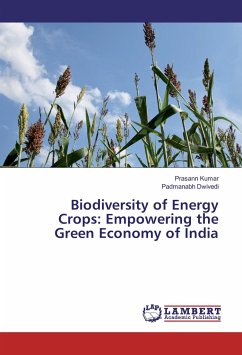
Natural Living Green Monuments of the Earth
The Tallest, Largest and Oldest Trees of the Earth
Versandkostenfrei!
Versandfertig in 6-10 Tagen
56,99 €
inkl. MwSt.

PAYBACK Punkte
28 °P sammeln!
The book deals completely in a new subject of famous trees of the Earth. Earth is full of natural growing things, but some trees are so old, that they may be called natural living green Monuments of the Earth. Such trees harbor wide biodiversity like many kinds of avian fauna, epiphytic plants, and many mammals like squirrel, snakes and rats; some are famous religious trees, some are connected to Peoples culture and give shade to the people and animal. Today, almost all countries are identifying and preserving such trees as Natural Monuments. The book consists of 12 Chapters: North American ol...
The book deals completely in a new subject of famous trees of the Earth. Earth is full of natural growing things, but some trees are so old, that they may be called natural living green Monuments of the Earth. Such trees harbor wide biodiversity like many kinds of avian fauna, epiphytic plants, and many mammals like squirrel, snakes and rats; some are famous religious trees, some are connected to Peoples culture and give shade to the people and animal. Today, almost all countries are identifying and preserving such trees as Natural Monuments. The book consists of 12 Chapters: North American oldest Trees; European oldest Trees; Asian oldest Trees; Central American oldest Trees; South American oldest Trees; West Indies Islands' oldest Trees; African oldest Trees; Australia and New Zealand oldest Trees; Clonal oldest Trees of the Earth; Dendrochronology / Dendroclimatology and Indian oldest Trees. Books on such Monumental Trees of the earth are rare in the publication world on trees. Author had to visit many countries to collect data and images for writing the book, which took 5 years to complete. The book is unique and has universal approach that can be read and enjoyed by all.












